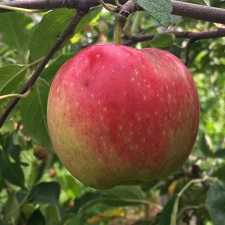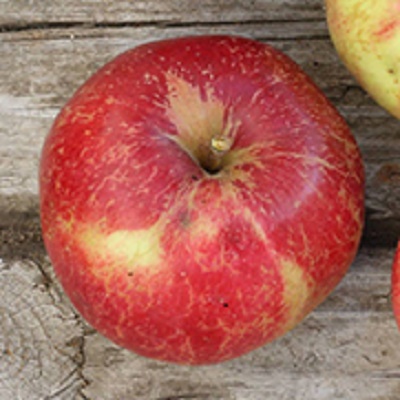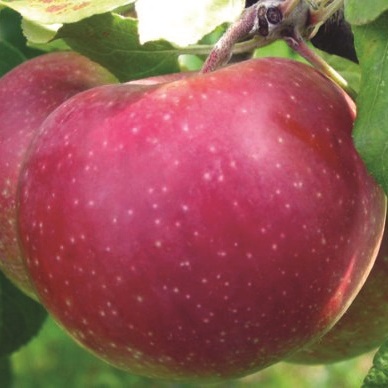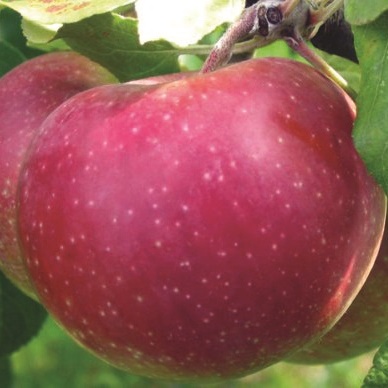Apple : CHIEFTAIN Dwarf (B10)
$53.95
How many trains can you miss and still get to where you want to go? A lot, according to Chieftain. This impressive apple was developed back in 1917 by Spencer Beach at Iowa State University, but for some reason was not released until 1966 and now after the 100 year mark, it is finally gaining the recognition it deserves. Chieftain seems to combine some of the best attributes of both it's prominent parents - Jonathan and Red Delicious. Under the deep, rosy red skin you'll find crisp, juicy flesh with a rich, sweet and honeyed flavour balanced by a spicy tang. Chieftain is an excellent, tasty apple for fresh eating or baking and will store for about 3 months. As an added bonus, the tree is easy to grow, crops well, and is highly resistant to scab and fireblight.
NEEDS A POLLENIZER | ZONE 3/4 | HARVEST: MID-LATE OCT
Only logged in customers who have purchased this product may leave a review.
Growing Tips
Besides selecting the most disease resistant varieties, there are
a few simple things to do to have better apples.
- Fertilize under the outer edges of your trees. There are no feeder roots next to the trunk. A well fed tree stays healthier. (Adequate calcium in the soil also helps so that apples keep longer.)
- Pick up fallen fruit and compost, dispose of, or feed to livestock (where possible).
- Rake up leaves in the fall and compost them away from the orchard.
- Prune trees to encourage light and air to reach the inside of the tree.
- Provide bird nesting sites near your orchard. A variety of orchard companion type plants will attract native pollinator insects and also encourage birds to come and eat insect pests.





Reviews
There are no reviews yet.